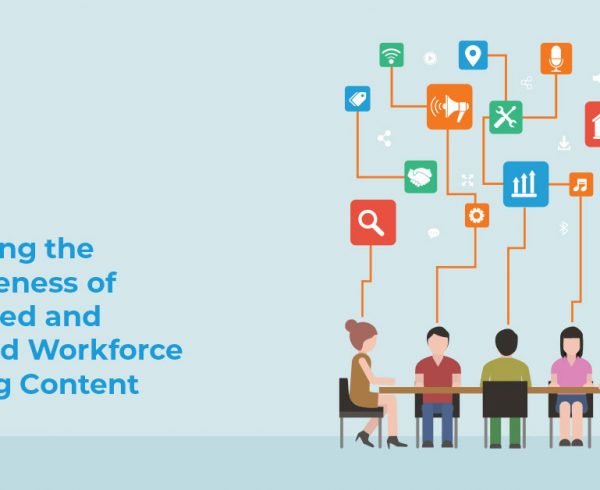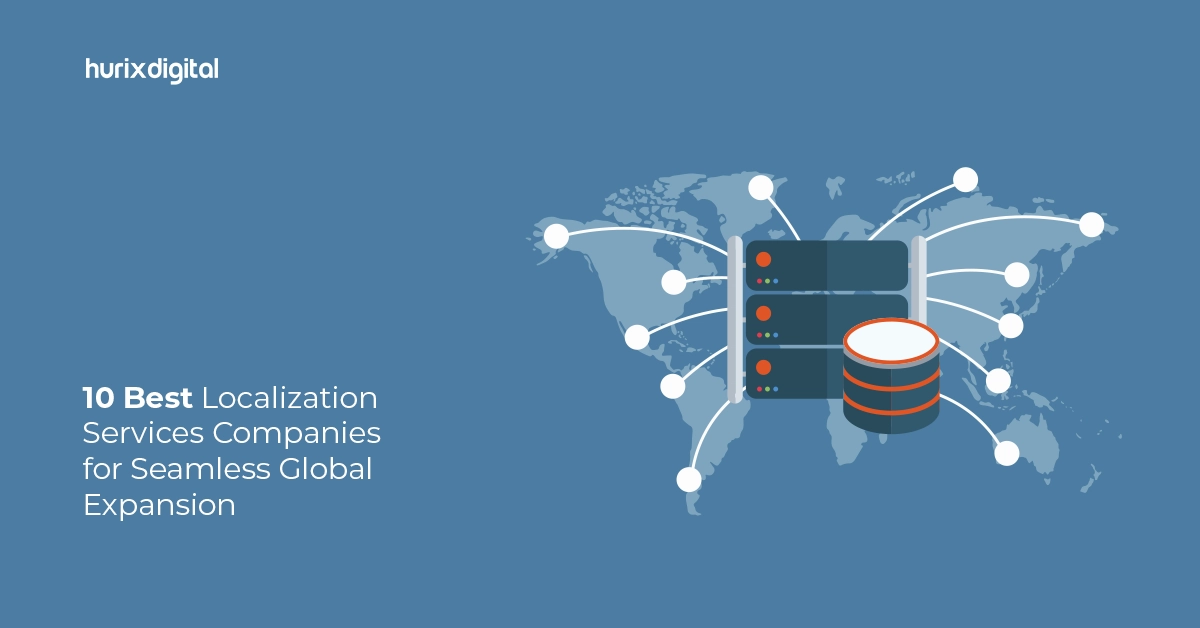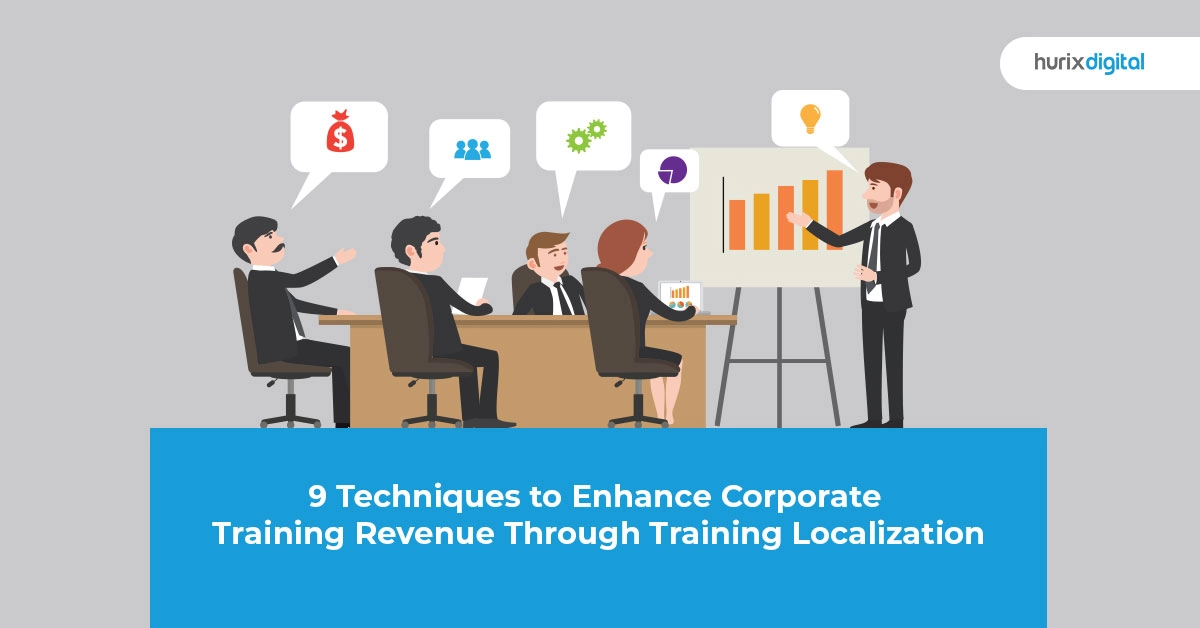Summary
This article provides a comprehensive list of best practices to translate and localize workforce learning content. It includes the importance of translation and localization, the best practices for localization, and the best practices for creating user friendly content.
The DEI – Diversity, Equity, and Inclusion – market is expected to reach $17.2 billion by 2027. Moreover, 76% of workers feel that having a diverse workplace is very important.
Looking at these stats, you can deduce that it’s paramount to cultivate diversity in your workplace if you want to run a successful business. And with an increasing number of companies going global, it’s essential to provide an inclusive work culture for your international employees.
How can you provide a DEI environment for your employees? One of the best ways to achieve this is by translating and localizing workforce learning content.
Table of Content:
- What is the Importance of Translation and Localization?
- Best Practices for Translation and Localization
- Conclusion
What is the Importance of Translation and Localization?
Besides creating a DEI workspace, translation and localization strategies can help your company with the following:
- It broadens your reach to international employees with the use of minimal resources.
- It personalizes the training content and thus better impacts your employees.
- It increases the loyalty of your workforce and garners respect from your stakeholders, thus improving your brand’s image from within.
- It conveys a coherent message following the cultures of your employees and adds an element of uniformity to the workforce’s learning content.
- It helps your employees relate to the content and thus increases their ability to retain information. This, in turn, increases their productivity and, eventually, your company’s ROI.
Also Read: Why Localization Testing Must Be Your Top Priority?
Best Practices for Translation and Localization
Now that you understand the importance of translation and localization, let’s learn how you can bring e-learning content localization to your company.
-
Know Your Target Audience
Before you begin user-centric localization, you should know who you are catering to. Gather information about your employees’ language, culture, country, laws, currencies, and technical standards.
Besides the language, also get to know the locale of your employees since language and locale can be different. For instance, the Spanish language spoken in Mexico, Argentina, Spain, etc., is different. It has regional differences and varies from one country to another. So, focusing on locale will help you create region-specific high-quality learning content.
Once you know all these details about your employees, divide them into categories based on common characteristics of culture, locale, and country. This will make it easier for you to localize enterprise learning materials to the preferences of your employees.
-
Keep the Language Simple and Formatted
The language of your training materials should be simple and unambiguous. Using short, clear sentences and avoiding long, complex language can help you achieve that. This serves two purposes – one, it makes it easy for you to localize the content, and two, it makes it easy for your employees to understand the content of the training material.
Since different cultures and countries have different formatting styles, ensure that the text size, font, space, etc., are appropriate for your employees. Also, since some cultures read from right to left instead of left to right, ensure to leave enough white space for text expansion so that a hassle-free translation process can take place.
-
Add Contextual Graphics and Voice-overs
While adding graphics, you can opt for either of the two: incorporate images, diagrams, and graphs relevant to your employees’ cultural context or add neutral graphics relevant across cultures. While the former creates a strong resonance with your employees, the latter fosters strong cross-cultural communication in training materials.
As far as voice-overs are concerned, choosing the right narrator for multilingual training materials is important. Usually, in Western countries, people expect the narrator’s voice to be friendly and informal, whereas, in Asian countries, people expect a firm and authoritative voice.
-
Use Compatible Technology and Tools
Many tools and technology are available to help your workforce learning and development teams streamline the translation and localization of learning content.
To begin with, translation technology and tools like machine translation software and translation management systems can help your company generate error-free multilingual content quickly.
In addition, authoring tools like Adobe Captivate, Articulate Storyline, iSpring, etc., can localize e-learning courses by exporting your content in globally acceptable formats like .doc and XML files, localizing it, and placing it back in the e-learning courses.
Besides this, style guide tools can provide high-quality translations with minimal errors and create professional-looking training materials for your workforce.
Also Read: 7 Factors to Consider for Large-Scale eLearning Content Localization
-
Collaborate with Localization Experts
Collaborating with experts experienced in localizing workforce learning content can be very beneficial. The experts know the ins and outs of different cultures and languages and can provide you with language localization tips and other valuable insights.
Collaborating with a native expert can help you create culturally appropriate training materials that contain nuanced language with relevant idioms, phrases, and multimedia. Creating localized training material improves the engagement of your employees. It also adds an element of credibility and builds the trust of your employees and customers in your business.
-
Conduct Quality Assurance Testing
Once you have translated and localized workforce learning content, the final and most integral step before making the content available to your employees, is quality assurance (QA) testing. It can be conducted by QA experts native to the target language. A group representative of the target audience can also run it.
The QA testing helps experts see a preview of the final version of the training material and check whether any technical issues related to text fonts and sizes, color schemes, graphics, etc., exist. It also helps them check whether the content resonates with them and conveys the message effectively. In addition, it helps them make necessary last-minute changes if required.
Conclusion
In today’s time, translating and localizing workforce learning content is paramount. It fosters a diverse and inclusive environment besides building loyalty and expanding your reach to international horizons.
If you haven’t localized your workforce learning content yet, it’s high time you do so. And if you want to save time and money, outsourcing localization services can help.
Hurix provides custom e-learning content for your workplace learning and development. Besides custom digital learning solutions, Hurix delivers cloud-based learning management and corporate training solutions to localize your training materials and make them engaging and immersive.
To streamline the localization of workforce learning content, connect with Hurix.











